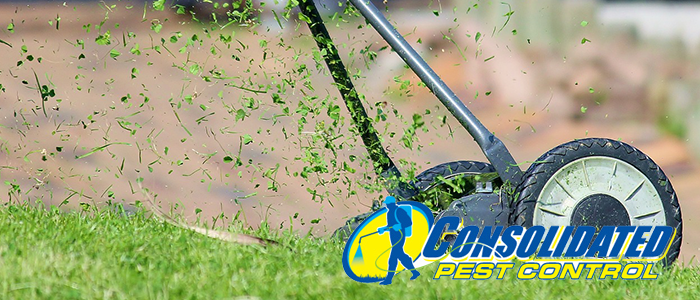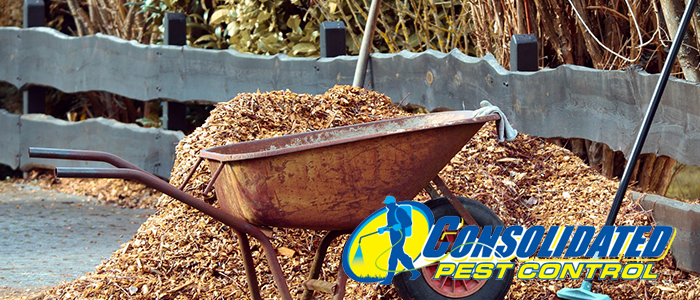Water restrictions? Drought? Dry patches?
Water restrictions? Drought? Dry patches?
Here’s What to Know About Watering Your Lawn
Here’s What to Know About Watering Your Lawn
Spring/Summer is the time of year when the lawns are showing signs of drought and problems with irrigation systems. Please follow our recommendations in order to have a healthy lawn. Please water twice a week on your scheduled days and long enough to get 1’’ of water. Below are some specifics from University of Florida about how to do this properly!
3 days of drought stress leaves 3 months of damage.Irrigation is one of the most important cultural practices that we do for our lawns. Since water is a limited resource and is vital to the health of your lawn, it is very important that watering be done correctly.
HOW TO FREQUENTLY WATER
Irrigation frequency will vary based on grass species, rainfall amounts, soil type and amount of compaction, shade presence, geographical location in the state, and, most importantly, by season. Irrigation systems should be reset seasonally to reflect the differing water requirements of grasses based on time of year. Often, homeowners are unaware that an irrigation system should be adjusted seasonally, and failure to adjust for seasonal changes will usually lead to overwatering. Overwatering will harm long-term turf health because it greatly increases disease susceptibility and thatch buildup and leads to a shorter root system, which reduces the turf’s overall stress tolerance and ability to survive with less water. Additionally, overwatering promotes the growth of certain weed species such as dollarweed and sedges.
When does turf need water?
This can be determined by observing the grass for signs of water stress, which indicate that water lost in transpiration is not being replaced and the plant’s needs for water are not being met. The signs that you need to look for are:
- Leaf blades are folded in half lengthwise in an attempt to conserve water
- The grass takes on a blue-gray tint rather than maintaining a green color.
- Footprints or tire tracks remain visible on the grass long after they are made.
HOW MUCH TO WATER
The amount of water applied each time you irrigate your lawn should not vary seasonally, though the frequency with which you water will change by season. An efficient watering wets only the turfgrass root zone, does not saturate the soil, and does not allow water to run off.
Florida soils are typically sandy and hold 1 inch of water in the top 12 inches of soil. If the roots are in the top 12 inches of soil and the soil is dry, then 1 inch of water is required to wet the area thoroughly. Light, frequent watering is inefficient and encourages shallow root systems. Excessive irrigation, which keeps the root system saturated with water, is also harmful to the lawn.
A simple watering schedule would apply an inch of water when the turfgrass begins to show the drought stress symptoms discussed in the previous section. Once this amount of water is applied, do not apply again until drought is noticeable. If it rains, suspend irrigation until visible drought stress symptoms appear.
WHEN TO WATER
The best time for lawn irrigation is in the early morning hours. Watering during the day wastes water to excessive evaporation. Watering in late afternoon or late morning may be detrimental if it extends the time the lawn is naturally wet from dew. This extended “dew period” can accelerate disease occurrence.
HOW TO UNIFORMLY APPLY WATER
Irrigation system installers are licensed in some Florida counties. In other counties there is no regulation of installation at all. This may lead to inefficient or sloppy installation, resulting in water waste and non-uniform coverage of turf areas. Even with a professionally installed system, it is important to check coverage regularly because heads may become clogged, damaged, or off-center, and leaks in the line may occur. An easy way to check the uniformity of your irrigation system is to place small, straight-sided cans in a straight line. Do this from your sprinkler to the edge of the watering pattern. Run the system for 15 minutes and check to see if you have about equal amounts of water in each can.
If an area is not receiving water from one or more heads, or if a head is not providing complete coverage, dry spots can develop. This can lead to any of the problems associated with drought-stressed turf. While checking uniformity with the catch can method, you can also easily determine how long it takes your system to apply ½ to ¾ inch of water. Measure the amount of water in the cans after running the system for 15 minutes. If, after 15 minutes, you have ¼” of water, it would take 30 to 45 minutes to apply the correct amount of water through your irrigation system.
Most importantly, while checking for damaged sprinkler heads, replace any that are leaking or not providing uniform coverage. Also, check to ensure that valves open and close properly.
MORE WATER INFORMATION
Micro-Environmental Effects in the Landscape that Affect Irrigation Requirements
Not every part of your lawn will have the same irrigation requirements. Grass planted close to trees or large shrubbery will be in shade for some part of the day. Some mature tree canopies may actually shade a portion of the lawn for an entire day. In these cases, it may be very difficult to grow an acceptable stand of turf, and a different groundcover will be a better choice. If you choose to grow grass in the shade, you must reduce irrigation to this part of your lawn. Soil conditions will also influence water requirements. Sandy soils do not hold water for long and dry out faster than soils with more clay content. These lawns will generally require more frequent irrigation’s than those growing on less sandy soils. Many urban soils are compacted. This does not allow water to penetrate and may result in waterlogged conditions or standing water.
*Always be sure to know your current water restriction for your area!
*cannot be combined with any other promotion
Latest Articles
1
Choose Your Service
Pest Control/Lawn Fertilization
We form an invisible line of defense between you and the insects.
With Consolidated’s pest control service, our technicians spray the perimeter of each client’s residence with a treatment that repels all manner of household pests.
Consolidated’s lawn fertilization service combines preventative and curative solutions to keep your lawn healthy and green all year long.
2
Schedule Your Appointment
Fast and Convenient
With our award winning pest control service, we can eliminate your pests in less time for less money. Our quotes are accurate and affordable.
Our lawn fertilization service quotes are as quick as a phone call, and our technicians offer info and updates on your lawn with each visit.
Request a quote today for fast, friendly service.
3
We Take Care of the Rest
Expert Technicians
At Consolidated Pest Control everything we do is filtered through our E.T.A. Core Values.
We are committed to a positive culture which will create the necessary structure to ensure the success of our team members and the company overall.
Consolidated Pest Control is the best in the industry, because we pride ourselves in offering professional service with tangible lawn and pest control results.








